Blue Tongue Deer Disease
Blue tongue deer disease. The disease is non-contagious and is only transmitted by insect vectors especially during periods of drought. The disease is caused by either bluetongue virus BTV or epizootic hemorrhagic disease virus EHDV. Both the epizootic hemorrhagic disease virus and the bluetongue virus are transmitted by Cullicoides a genus of insects that includes biting midges and no-see-ums.
Bluetongue restricts the blood supply to the tongue and lips turning them blue or even black and giving the disease its name. Blue tongue is an insect-borne viral disease primarily of sheep but it occasionally goats and even white-tailed deer. An Infected deer may or may not show symptoms.
Hemorrhagic Disease HD in white-tailed deer can be caused by either of two closely related viruses Epizootic Hemorrhagic Disease Virus EHD and Bluetongue Virus BT. The disease may be mild in deer and they may not show any outward signs. Acute form sheep and some species of deer Pyrexia up to 42C excessive salivation depression dyspnoea and panting.
Bluetongue is an arthropod-borne non-contagious infectious disease of domestic and wild non-African ruminants. Insects biting midges following a bite to consume a blood meal from susceptible animals. Other signs of the disease include.
However deer can act as a reservoir for the disease which may then spread to domestic livestock. Unfortunately that last one is also true although mysteriously so. HD is the most important infectious disease of white-tailed deer in the Southeast United States and in Virginia and outbreaks occur almost every year.
10 Common Whitetail Deer Diseases That Are Plaguing Herds Nationwide Hemorrhagic Disease. Symptoms of bluetongue virus A distinctively blue tongue hence the name Excessive drooling Weight loss Swelling of the neck facial area and tongue Hoof deformations and fever. Disease outcome of infection ranges from inapparent in the vast majority of infected animals to fatal with severity dependent on factors related to agent host the environment and concomitant stress factors.
Michael Waddell presents footage of the devastation that bluetongue disease had at Milk River Montana in 2012 and experts from the. Hemorrhagic disease HD is an acute infectious often fatal viral disease that affects white-tailed deer as well as other hoofed animals.
These gnats are generally more abundant during droughts or in areas with large amounts of mud.
HD is the most important infectious disease of white-tailed deer in the Southeast United States and in Virginia and outbreaks occur almost every year. Hemorrhagic disease HD is an acute infectious often fatal viral disease that affects white-tailed deer as well as other hoofed animals. Bluetongue restricts the blood supply to the tongue and lips turning them blue or even black and giving the disease its name. The Effects of Bluetounge Disease On Whitetail Deer - YouTube. The regions wildlife has been hit hard by this summers drought as the Department of Fish and Wildlife reports deer are dying from an outbreak of blue to. HD is caused by two closely related viruses epizootic hemorrhagic disease EHD or bluetongue virus. The erratic movements caused by the foot lesions have led bluetongue to be known as the dancing disease Both diseases are spread to animals by the bite of. Disease outcome of infection ranges from inapparent in the vast majority of infected animals to fatal with severity dependent on factors related to agent host the environment and concomitant stress factors. Hemorrhagic disease does not spread directly from deer to deer but depends on a biological vector for transmission.
Blue tongue is an insect-borne viral disease primarily of sheep but it occasionally goats and even white-tailed deer. Bluetongue restricts the blood supply to the tongue and lips turning them blue or even black and giving the disease its name. The disease is actually caused by. Symptoms of bluetongue virus A distinctively blue tongue hence the name Excessive drooling Weight loss Swelling of the neck facial area and tongue Hoof deformations and fever. The Effects of Bluetounge Disease On Whitetail Deer - YouTube. Acute form sheep and some species of deer Pyrexia up to 42C excessive salivation depression dyspnoea and panting. HD is caused by two closely related viruses epizootic hemorrhagic disease EHD or bluetongue virus.
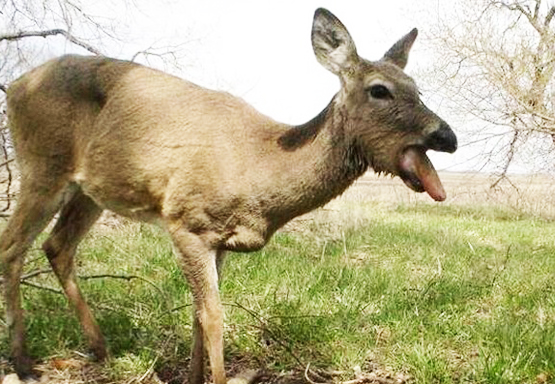



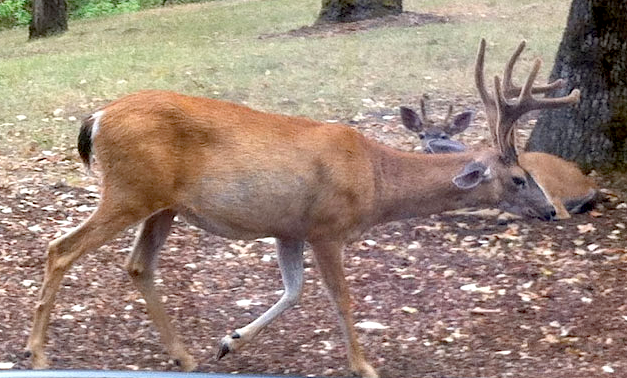
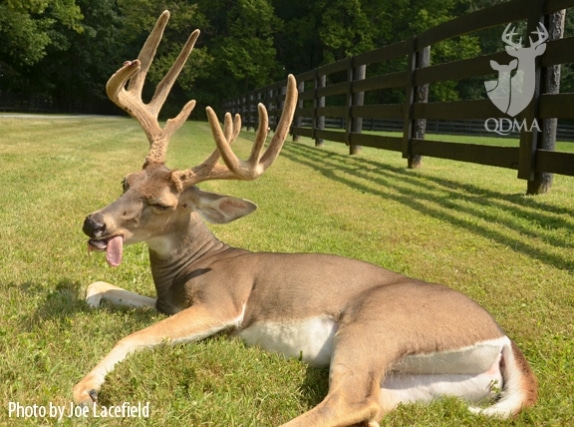

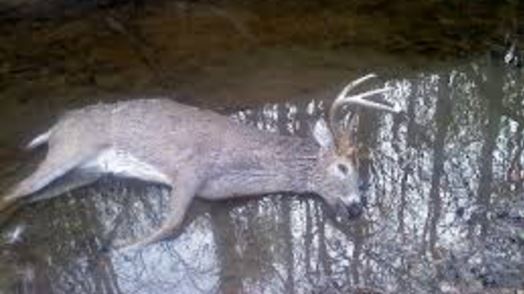


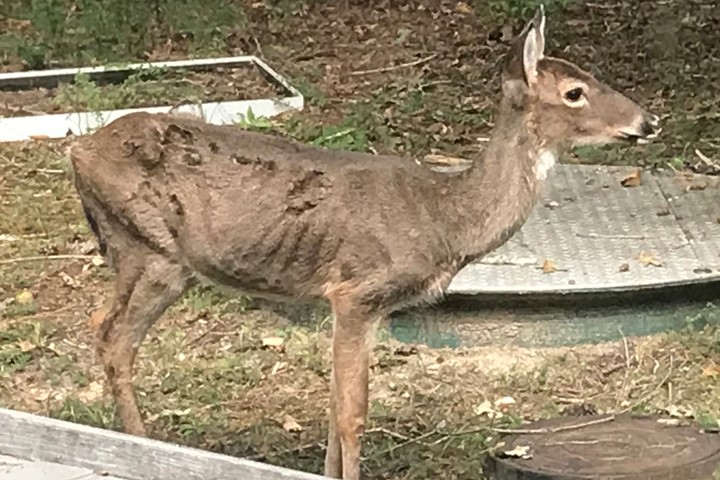

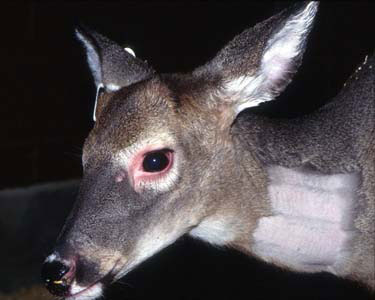

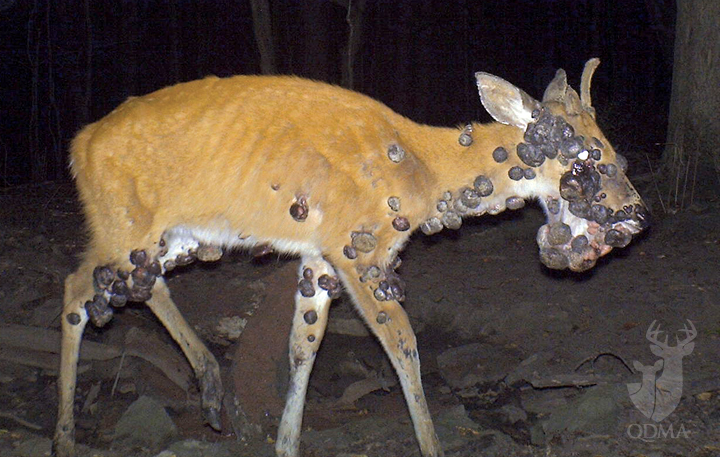





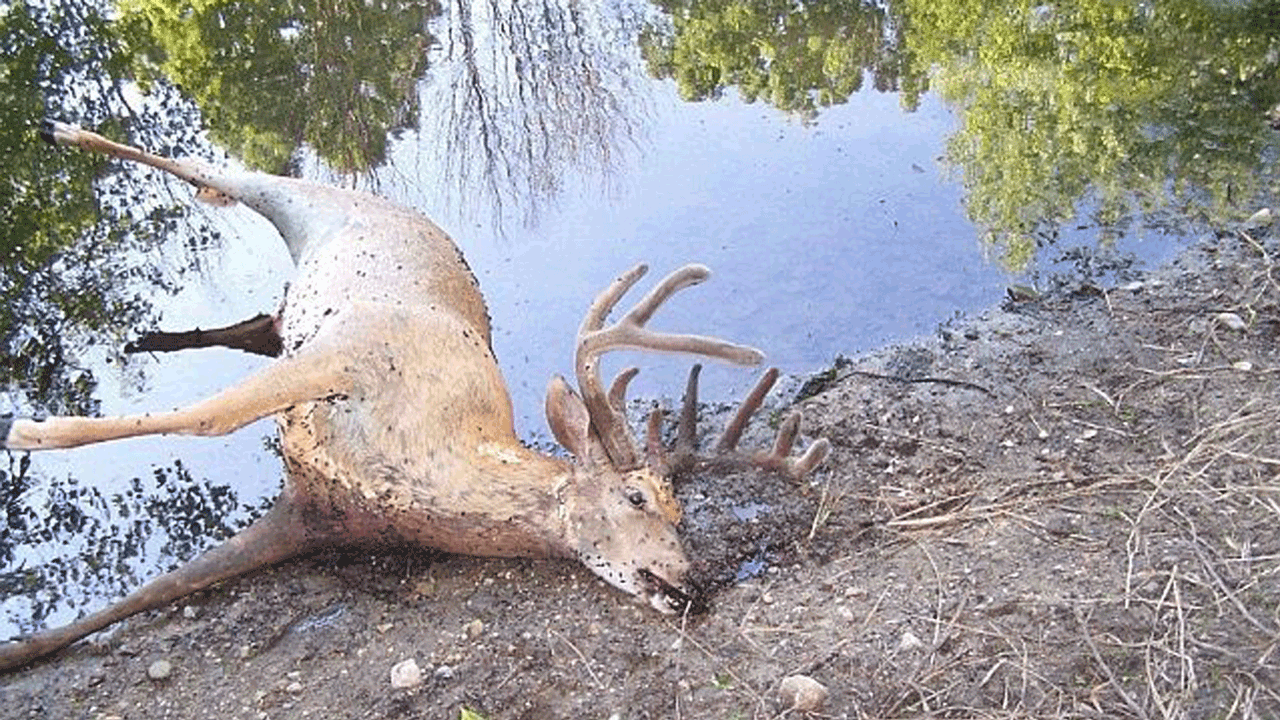



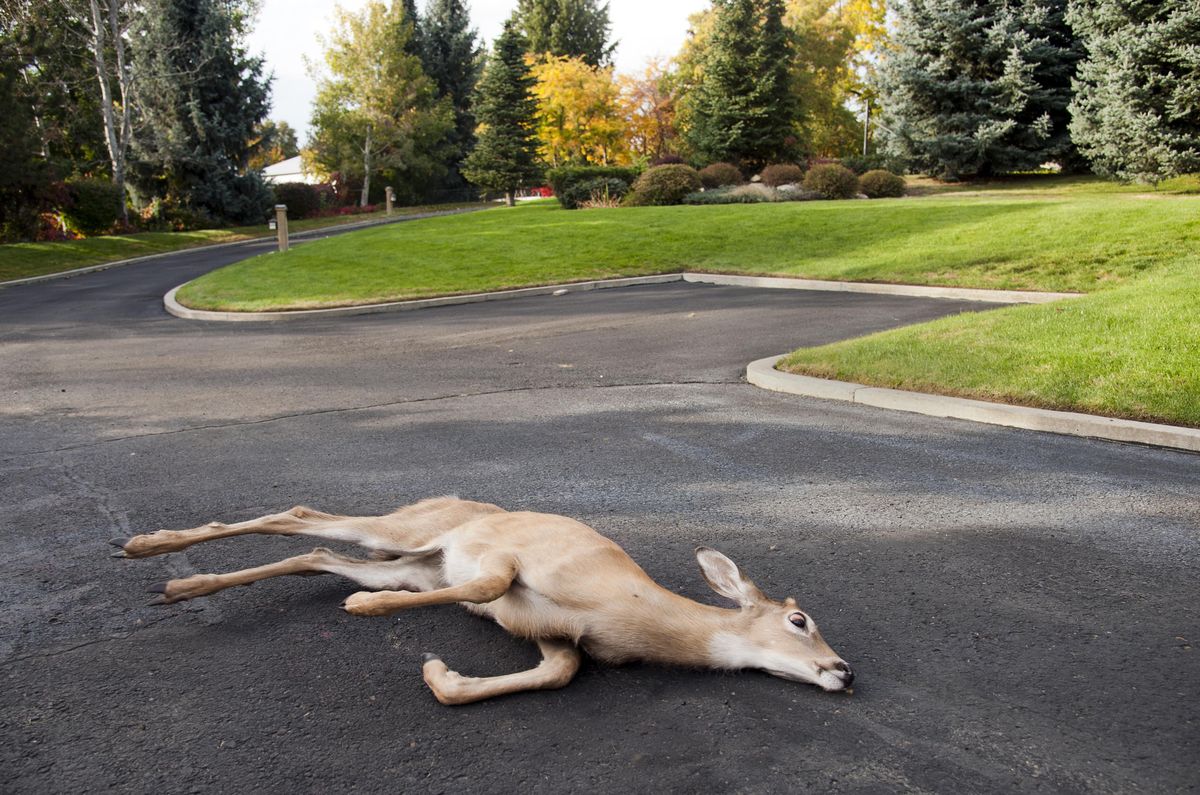
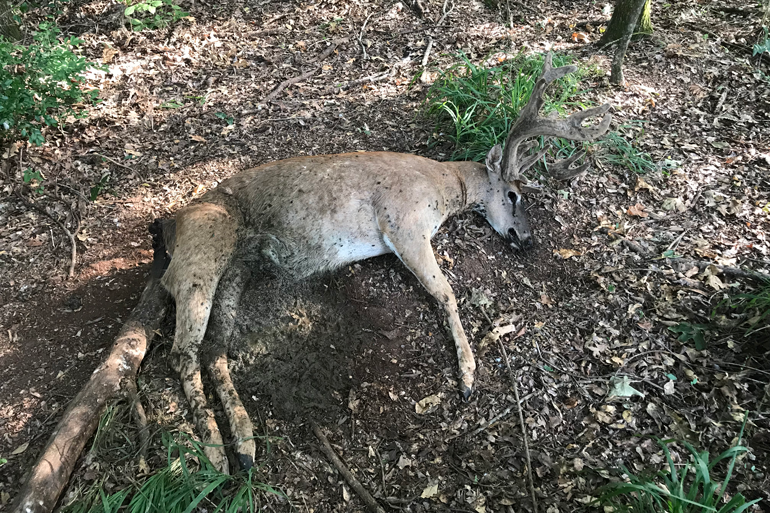


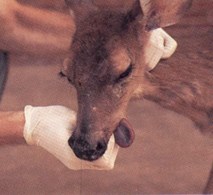
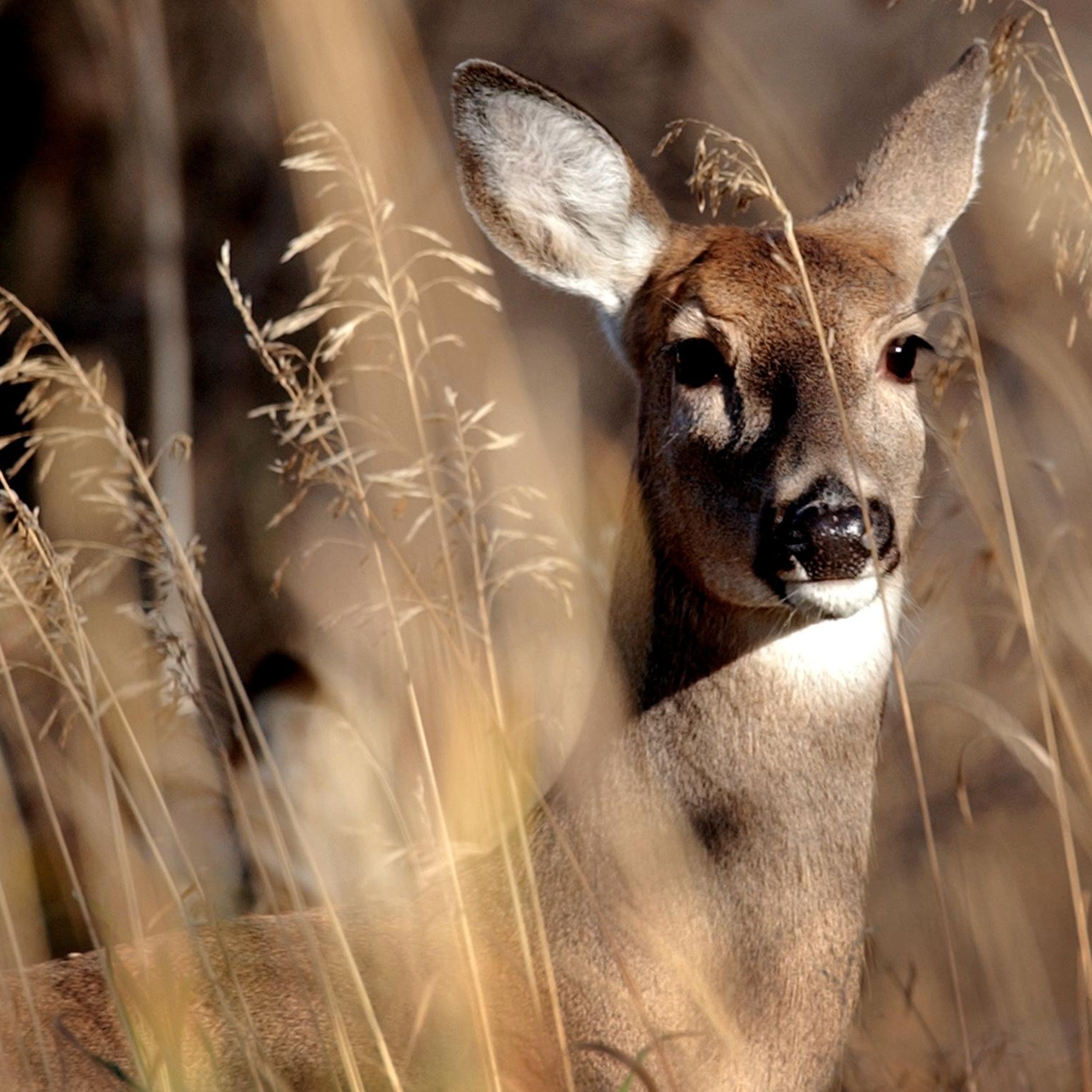
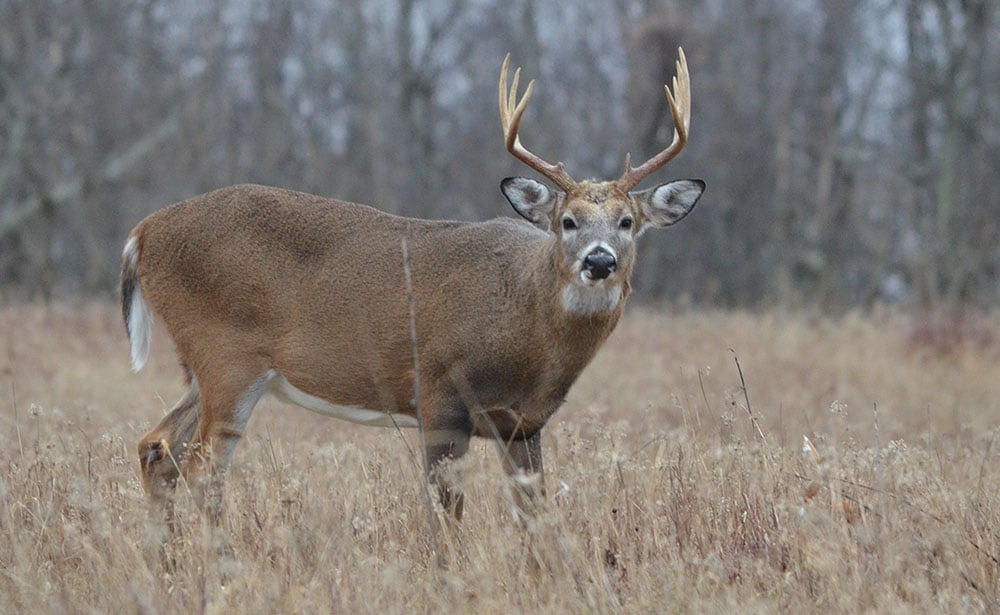
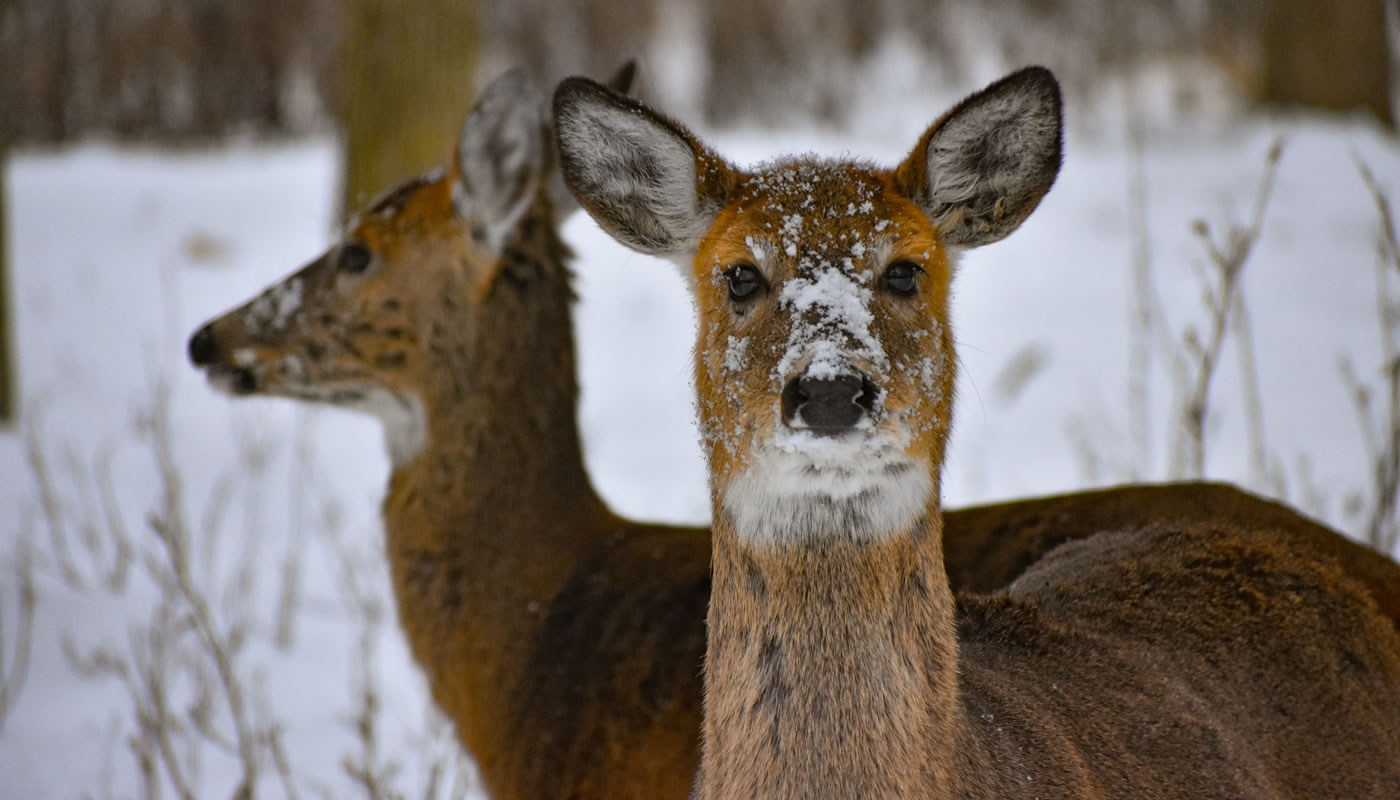



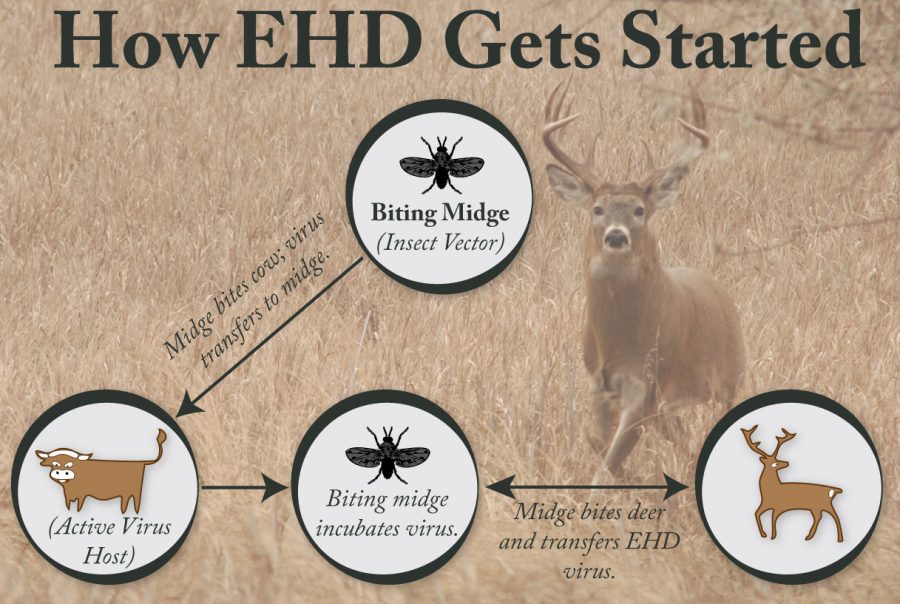



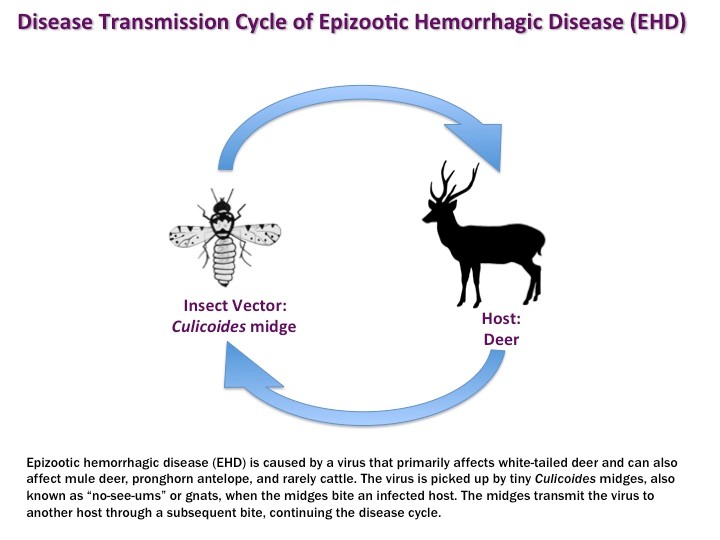

Posting Komentar untuk "Blue Tongue Deer Disease"